Learn about different plants' behavioral, structural, and physiological adaptations with a printable plant adaptation anchor chart.
What are Structural Adaptations? Behavioral? Physiological?
Welcome to the perfect place to kick off your exciting new unit on plant and animal adaptations! We’re thrilled to provide you with all the necessary resources and ideas to help you dive right in and make your instruction a huge success. We’re eager to start with the fundamental building blocks, so let’s get started!
It’s amazing how animals and plants have developed incredible ways to adapt to their environment! They do this in three ways: behaviorally, structurally, and physiologically. For example, a water lily’s closed flowers at night is a neat behavioral adaptation, while its flat leaves are an incredible structural adaptation. Its unique root system is a remarkable physiological adaptation that helps it absorb vital nutrients and oxygen from the water and air.
Discover a Variety of Plant Adaptations with Printable Resources
This anchor chart is designed to introduce your students to the many ways that plants adapt to their environments in order to survive. Some adaptations we’ve included are
- Elongated root systems
- Broad leaves
- Spines
- Specialized seed pods
- And more!
Using this anchor chart, and our accompanying materials, your students will discover the strange (and beneficial) structures and behaviors these organisms have developed over time to survive.
Download and Print Your Adaptation Anchor Chart
You’re just a click away from getting your new resources! Use the dropdown arrow on the Download button to select the Editable Google Slides resource file or the quick-print PDF version.
This resource was created by Cassandra Friesen, a teacher in Colorado and Teach Starter Collaborator.
Need more plant and animal adaptation resources? Try these on for size!
[resource:46258] [resource:49325] [resource:4831558]
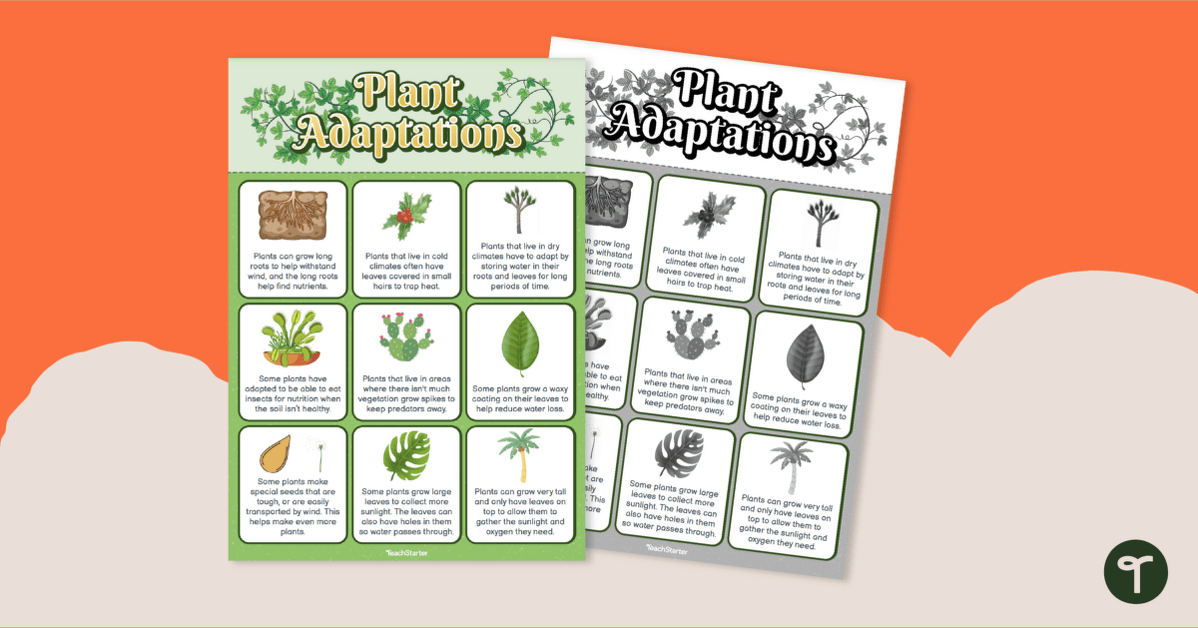

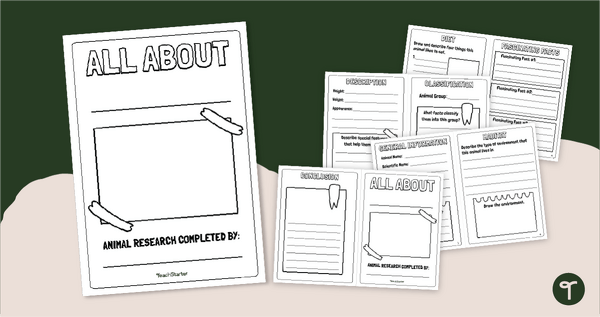
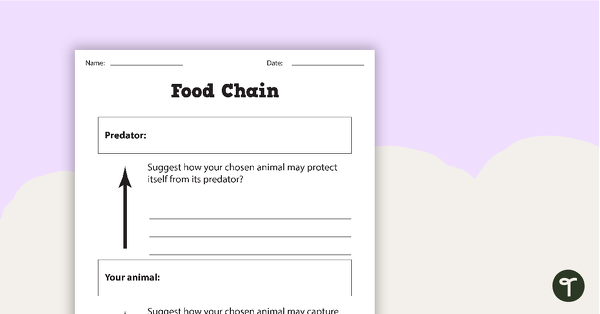
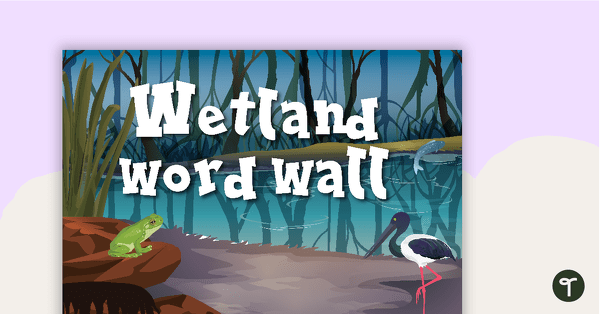

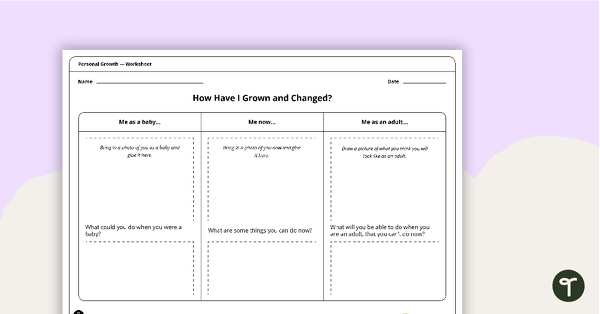
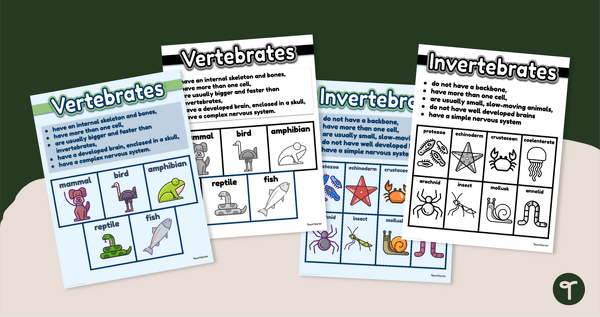
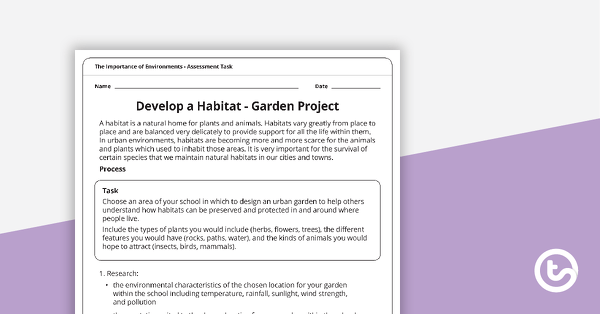
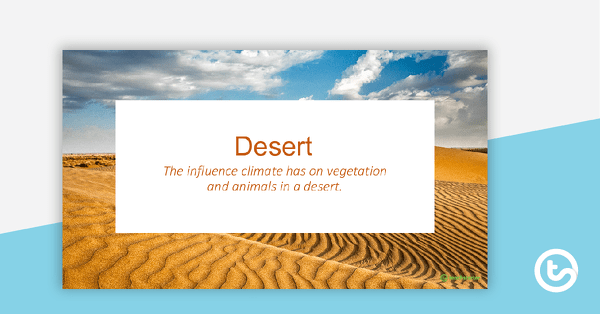
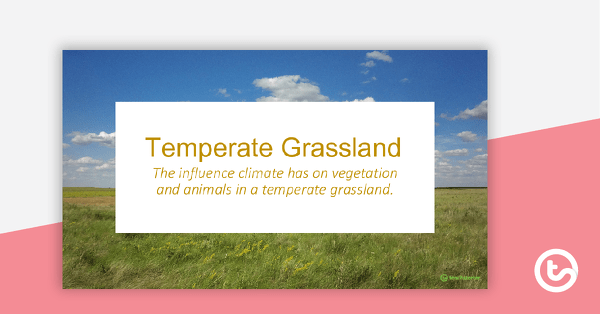
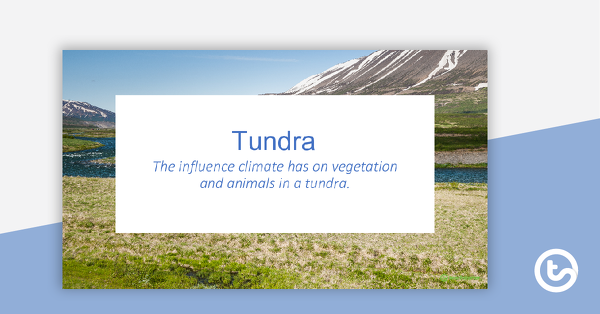
0 Comments
Write a review to help other teachers and parents like yourself. If you'd like to request a change to this resource, or report an error, select the corresponding tab above.